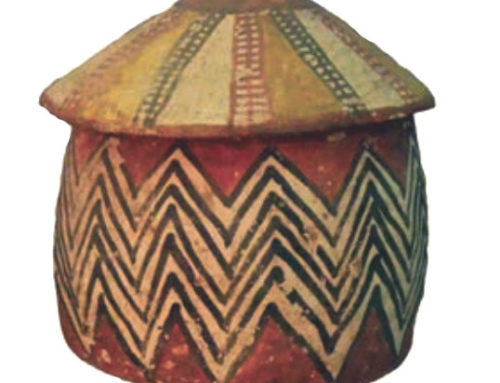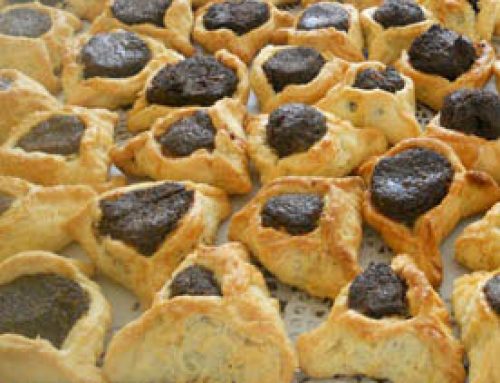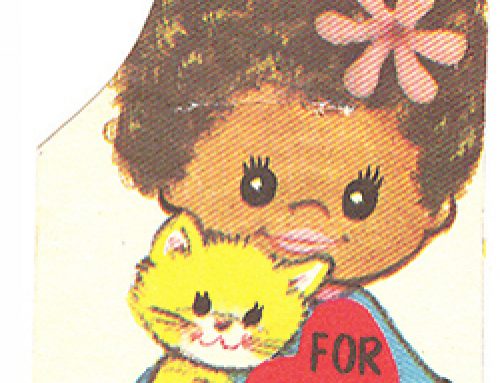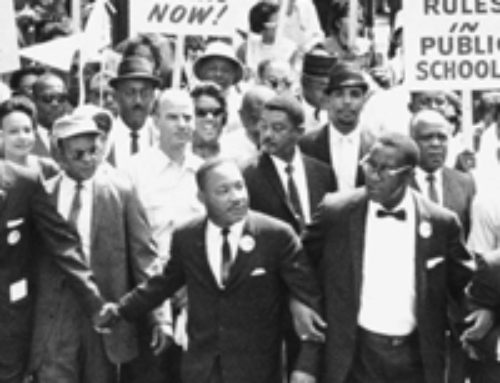In the years right before European slave-traders started to visit Africa in the 1400s AD, most of the people in Africa were living in large, powerful kingdoms, farming and trading with people as far away as India, Indonesia, China, and Norway. But the beginning of the Little Ice Age, which brought cold, wet weather to northern Europe in the 1300s, seems to have brought drought to Africa, and many of these kingdoms collapsed.
West Africa
In West Africa, most people followed Islam. The Kingdom of Mali dominated the area, with the great university at Timbuktu; the Kanem kingdom ran Niger, and the Sao ran Chad. Trade ran on camel caravans across the Sahara, and up and down the Niger river. People made and sold iron and bronze tools, statues made with lost wax casting, raffia and cotton cloth, glass beads, and Arabic books. They mined and sold gold, and grew kola nuts for sale too – and they sold enslaved people to North Africa.
Central Africa
Further south, the kingdom of Kongo along the Kongo river got started about 1400 AD, replacing earlier kingdoms in the same place. People in the Kingdom of Kongo were selling ivory, iron and copper pots, pottery, and raffia cloth north to West Africa, and east to Tanzania, and they were buying cotton cloth, steel knives, and Islamic and Indian medicines from traders. They dried fish and sold it up the Kongo river to East Africans, who sold it to India and Iran across the Indian Ocean. And they smelted high quality iron to sell to India, which made it into high quality steel.
In Zimbabwe, people were herding sheep and cattle, and mining gold and copper and salt to sell down the Limpopo river to East Africa. In exchange, they got steel, cotton cloth, Indian medicines, and glass beads to use as money. About 1480, the ruler of Mutapa, Matope Nyanhehwe Nebedza, expanded his kingdom to include most of what is now Mozambique.
East Africa
People in East Africa were mostly either Christians or Muslims. They built big stone churches and mosques, and stone palaces at places like Kilwa along the coast. They collected all the exports of Africa along the coast and sold them to Indian and Iranian and Chinese traders: high quality iron and dried fish from Kongo, copper and salt from Zimbabwe, rock crystal, ivory, and furs. They also exported a lot of enslaved people, to work in sugar and cotton plantations in West Asia and India.
North Africa
Medieval North Africa was also mainly Islamic; the big kingdoms were the Hafsids, the Marinids, the Almohads, and the Mamluks in Egypt. These were also trading empires, buying and selling from Europe across the Mediterranean, and also taking camel caravans across the Sahara to trade with Chad, Niger, and Mali in West Africa. North Africa itself produced a lot of wheat and olive oil. For a long time, Egypt produced paper, cotton cloth, sugar, and other things to sell to Europe, but by the late middle ages, the Black Death and civil wars had disrupted their production, and Europe was selling manufactured things like paper to North Africa instead.
Although the European slave-traders wanted Europeans to think of Africa as the ‘dark continent’ with hardly anything going on, they themselves knew that wasn’t true. And certainly the Africans knew it!




